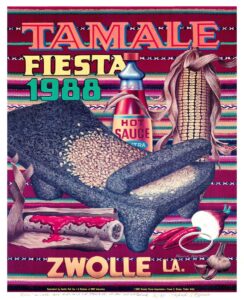Government, Politics & Law
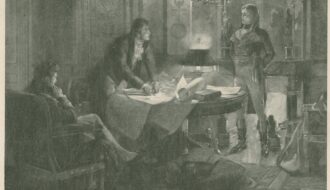
Third Treaty of San Ildefonso
The Third Treaty of San Ildefonso secretly transferred control of colonial Louisiana from Spain to France.

The Third Treaty of San Ildefonso secretly transferred control of colonial Louisiana from Spain to France.

The Third Treaty of San Ildefonso traded the colony of Louisiana from Spain back to France and played a role in the events that led to the Louisiana Purchase.
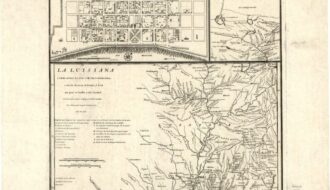
The Treaty of Fontainebleau ceded all the territory of French colonial Louisiana west of the Mississippi River, along with New Orleans, to Spain.

The Treaty of Fontainebleau shifted ownership of western Louisiana and New Orleans from France to Spain during the French and Indian War.

The Tunica-Biloxi Tribe is one of only four American Indian groups in Louisiana recognized by the federal government.

The Tunica people, skilled traders and entrepreneurs who engaged with French colonists in the eighteenth century, merged with several other historical Louisiana tribes in the twentieth century.

The Tunica-Biloxi Tribe is one of only four American Indian groups in Louisiana recognized by the federal government.
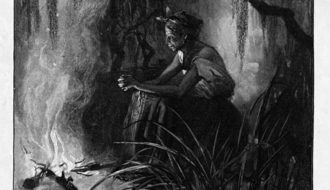
Voudou, a synthesis of African religious and magical beliefs with Roman Catholicism, emerged in New Orleans in the 1700s and survives in active congregations today.
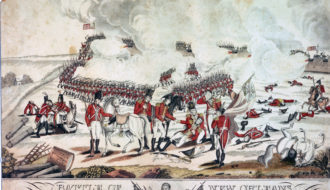
Largely self-taught, William Edward West began as an itinerant portrait painter in the Mississippi River Valley before traveling extensively throughout the United States and Europe.
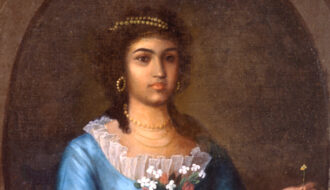
Women constituted a valuable asset in colonial Louisiana.
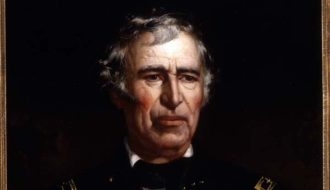
President Zachary Taylor, a shrewd businessman and land speculator, owned a plantation near Baton Rouge that he called home after the 1820s.
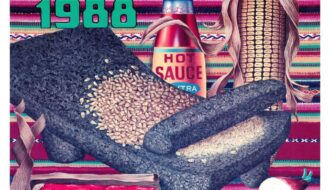
Zwolle tamales, a popular food from northwest Louisiana’s Sabine Parish, trace their origin to the region’s Indigenous cultures.
One-Year Subscription (4 issues) : $25.00
Two-Year Subscription (8 issues) : $40.00
